Well Pump Pressure Switch Allows Water to Flow Back After Shutting Off
Knowing the basics of how your well water system functions are important when selecting a water treatment system because if the wrong type of treatment system is used, it can adversely affect the water pressure and flow rate inside the home.
For example, if the well uses a pressure tank, a water treatment system must be installed after the pressure tank to avoid causing damage to the well pump.
When you open a faucet in your home or turn on the shower or bath you expect water to flow at a certain flow rate and with good water pressure.
Water pressure in your pipes and pressure system causes your water to flow. If your home is on city utilities, water pressure is controlled by your local water company or utility.
If your home is on a well, you need a pump and pressure tank to build that pressure unless you have a storage tank high enough on a hill nearby to get gravity pressure.
The pressure tank in your well system creates water pressure by using compressed air. Because of this pressure, when a valve or faucet is opened in your home the water is pushed out of the tank through the pipes in your home.
When the water in the pressure tank drops below a preset level, a pressure switch is activated which turns on the pump. The pump then refills the pressure tank. A check valve (a one-way valve) keeps the pressure in your pressure tank from flowing back down the well. The combination of the pressure tank, pressure switch, check valve and pump is what allows water to flow through your home.
Pressure tanks, which also act as mini storage tanks for your home, are generally set to keep pressure within 20 pounds per square inch (PSI) of your start and stop settings.
For example, many homes on well water have the pressure set to turn on at 40 PSI and off at 60 PSI. If the pressure drops below 40 PSI, the pump turns on and brings the pressure back to 60 PSI before cutting off and turning off the pump again.
The pressure tank acts as a reservoir and allows water to be drawn from the tank without the pump turning on and off each time the water is turned on.
This protects the pump and extends the life of the pump. A pressure tank also cuts back on instances of "water-hammer" and reduces air in the pipes and controls the pressure in your water system.
Well Water Pump and Pressure System Basics
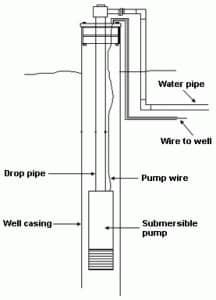
Most well water is pumped out of the ground automatically using a submersible pump or a jet pump that sits on top of the ground and draws water out of the ground to create water pressure for the home.
Some well water systems use a large storage tank to store the water before being pumped again to the house. Other well water systems are gravity fed and use gravity to provide water pressure to the house.
A home water system has two important components besides the well itself – a pump and a pressure tank. 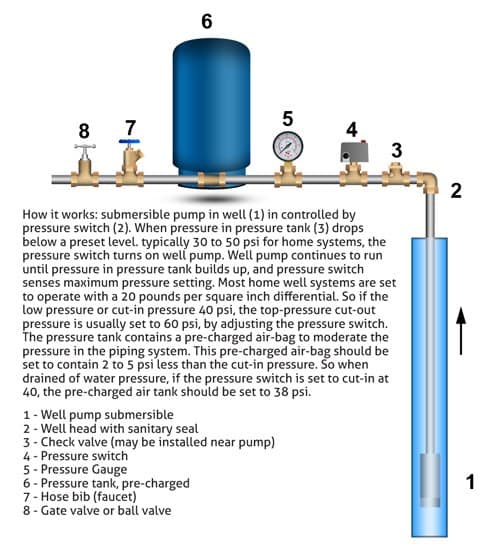 Well Pumps
Well Pumps
There are many types and sizes of pumps for water systems. Some are only designed to remove water from a source. Others not only remove the water but also force it through the rest of the water system.
Some pumps are for special jobs such as boosting pressure or supplying a special outlet. Booster pumps are to be installed after a storage tank.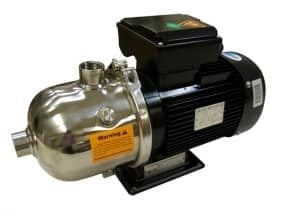
Pressure Tanks
Pressure tanks provide storage for your water system. There are three general types of water storage tanks:
- Diaphragm bladder tanks with permanent separation between the air and water;
- Tanks with a float or water separating the air from the water (not used in recent years)
- Air to Water galvanized steel tanks (not in general use, most have been replaced with bladder tanks)
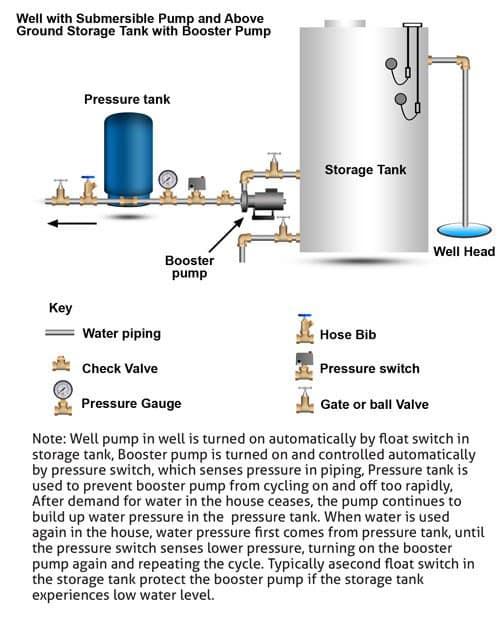
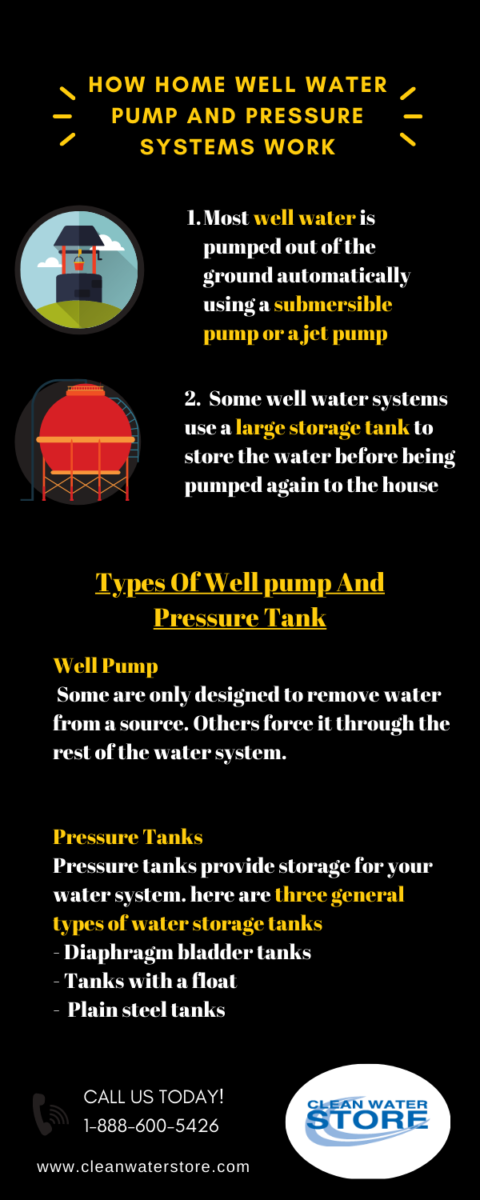
Additional storage
Some well owners like to make arrangements for additional water storage tanks. Generally speaking, the additional storage capacity of one day's water supply is sufficient.
Additional water storage is useful when there are power outages and other emergencies.
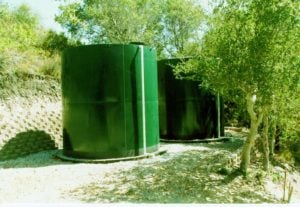
How To Find Information on Your Well
Contact the well contractor who installed your well. Or find a water well contractor in your area by looking in your local telephone directory.
Many states maintain lists of licensed or registered well drillers.
Contact your local health department to find out where in your state you can locate a list.
Most states also have state water well associations, state well driller associations, or state groundwater associations. To get a list of these associations, you can contact the National Ground Water Association at 800-551-7379 or www.ngwa.org.
 If you still have questions, don't hesitate to e-mail us at [email protected], leave us a message on Facebook, or use our online contact form for prompt, personalized assistance from our trained professionals. Thanks for reading!
If you still have questions, don't hesitate to e-mail us at [email protected], leave us a message on Facebook, or use our online contact form for prompt, personalized assistance from our trained professionals. Thanks for reading!

Well Pump Pressure Switch Allows Water to Flow Back After Shutting Off
Source: https://www.cleanwaterstore.com/blog/how-home-well-water-pump-and-pressure-systems-work/
0 Response to "Well Pump Pressure Switch Allows Water to Flow Back After Shutting Off"
Post a Comment